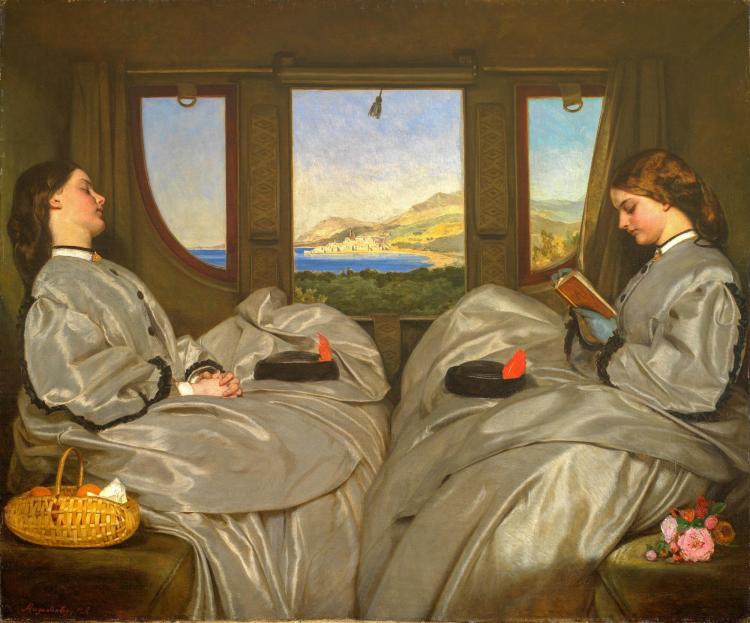
I bought it partly because I'd seen the book mentioned on several blogs I visit every day but also... well I just fell in love with this lovely cover design by Cath Kidston. It is, in fact, one of eight special edition, Virago modern classics and because it was my birthday back then, I decided to treat myself.
The narrator of this 'diary' is an upper-class, married woman with two children and husband, Robert, a land agent. There isn't a 'plot' as such, the book basically charts a year of the narrator's life in a village in Devon. And so we meet her lively children, Robin (away at boarding school) and Vicky, aged six and looked after by Madamoiselle who appears to be a kind of French nanny; her long suffering husband, Robert, whose main occupation seems to be falling asleep behind The Times, and Lady Boxe, her husband's employer and the person who most annoys and upsets our narrator. And there are others - Rose, the affluent but kind sister, Our Vicar's Wife who can't bring herself to leave when she visits, Old Mrs. Blenkinsop and her daughter, Barbara, who wants to marry but is afraid of leaving 'mother', and 'Cook' who more than anyone seems to have the final say in the household. The trials and tribulations of our narrator are many. She is rather a chaotic person and not too good with her finances. Many things have to be juggled including garden fetes, a bout of measles within the family, a trip to France, a three day tour of several WIs, giving talks, because the county leader thinks she has nothing better to do. Our narrator wonders, towards the end, 'Why are non-professional women if married and with children, so frequently referred to as 'leisured'? Answer comes there none'
Well then, I'm pleased to report that this book did not disappoint. I'd heard it was wonderfully funny in a droll kind of way and it absolutely *is*. I cackled my way from start to finish and then went back and read Jilly Cooper's excellent introduction. (I never read introductions before the book as I feel they give away too much.) E.M. Delafield actually lived in Cullompton which is only a few miles from here and you very much get the feel of Devon village life as it used to be lived and, to a certain extent, still is, though Cullompton is surely bigger and busier now than it was between the wars. She was only 53 when she died and is one those authors who was immensely popular but fell out of fashion and was mainly forgotten. The 'Diary' seems to have brought her back to people's attention though and I'm curious enough to search out other works by her if they're still in print. Recommend this to anyone who enjoys a gentle but very amusing read. Joyous.









